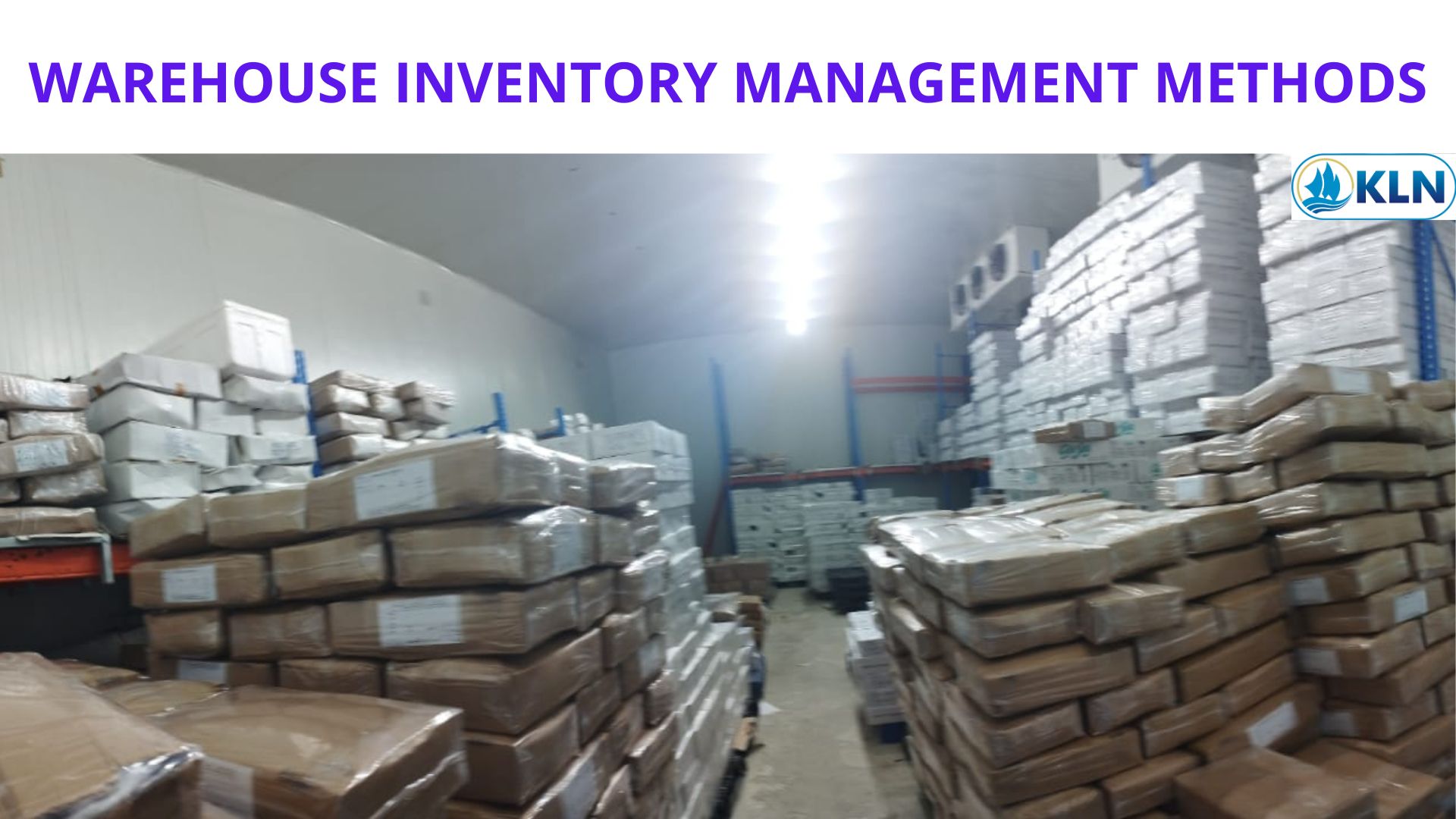WAREHOUSE INVENTORY MANAGEMENT METHODS
By. Najih - 13 Jul 2023
kelolalaut.com - Warehouse inventory management is a process that involves receiving, storing, and tracking, managing, optimizing inventory in a warehouse and costs, which all of it directly impacts fulfilment, shipping, and the customer experience. Warehouse inventory management important to improves order fulfilment accuracy, boosts warehouse productivity, faster shipping and deliveries, saves you money, and increases customer satisfaction. Types of warehouse inventory management methods:
FEFO (First Expired - First Out)
Advantages: FEFO helps inventory more effectively and prevents wastage due to expired items. It also allows to prioritize the freshest items for shipment, ensuring customer satisfaction. Disadvantages: FEFO can be difficult to manage and track, need to keep detailed records of product expiration dates. This can add additional costs in terms of time and resources.
FIFO (First In - First Out)
Advantages: FIFO is a simple system to understand and manage, and it ensures that all items in warehouse are moved regularly. It also minimizes any risk of wastage due to expiration dates, as the products with the closest expiry date will be used first. Disadvantages: As FIFO moves all products through the system at roughly the same rate, it may mean that the most profitable items are not shipped first. This can lead to delays in receiving payment for those high-margin products, reducing overall profitability.
LIFO (Last In - First Out)
Advantages: LIFO is often the preferred option for companies that have high turnover and seasonal products, as it allows them to prioritize their freshest items. It also ensures that high-margin goods are shipped first, increasing profitability. Disadvantages: LIFO can lead to problems with expiry dates, as products that are closest to their expiration may be shipped first. This could result in wastage and additional costs for the company.
HIFO (Highest in - First out)
It means the highest goods go out first This is useful, for example, with raw materials that are also attacked by time. HIFO inventory helps a company decrease their taxable income since it will realize the highest cost of goods sold. This method can be useful for businesses that have items with varying costs and want to maximize profits by selling the most expensive items first. However, it can also lead to the accumulation of lower value items, which may eventually become obsolete or expire.
LOFO (Lowest in - First out)
It means the cheapest goods go out first. It is similar to LIFO, but instead of using the order in which items were received, it takes into account the cost of the items. This method can help businesses manage their costs effectively by using up the least expensive products first, and therefore reducing their overall expenses.








